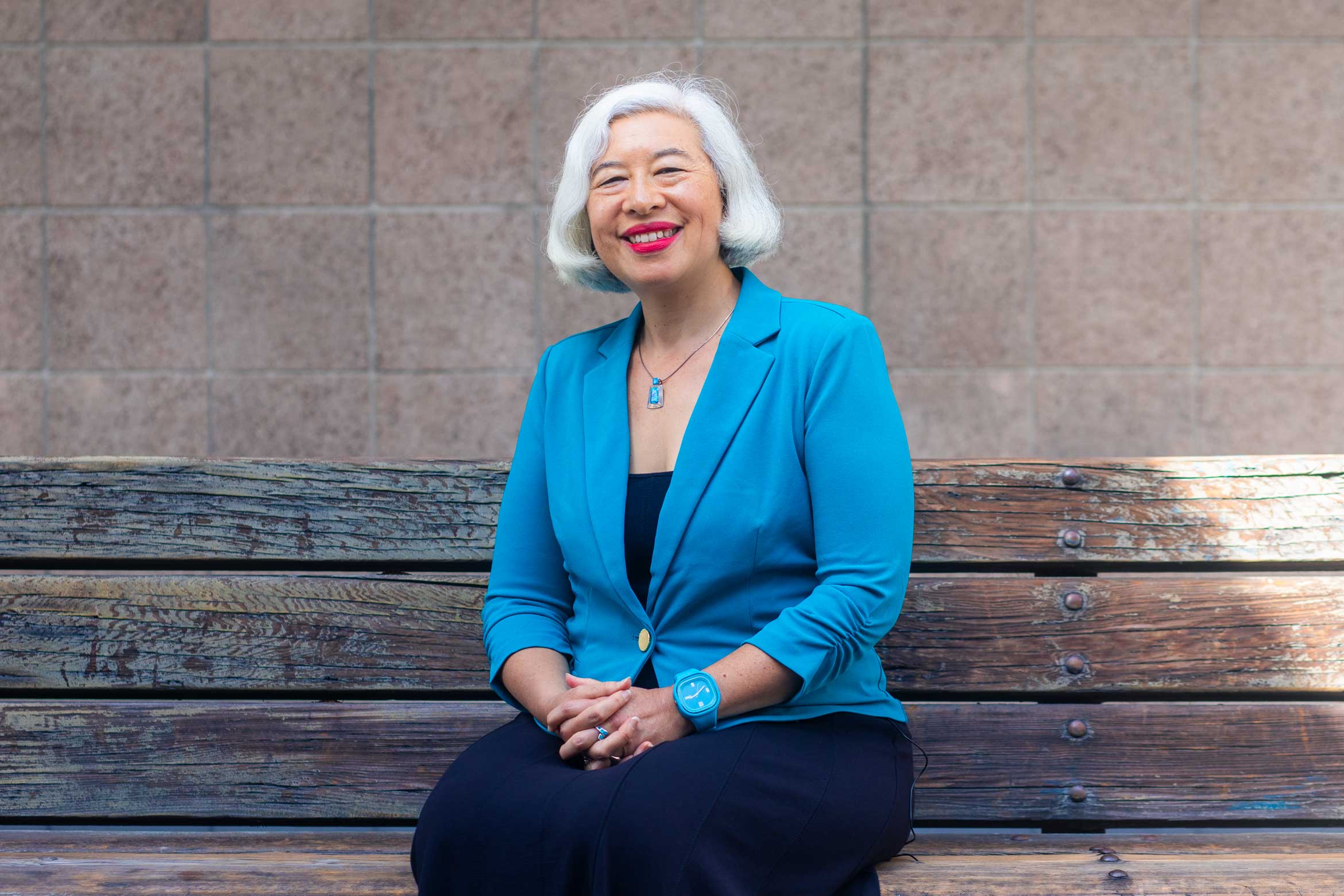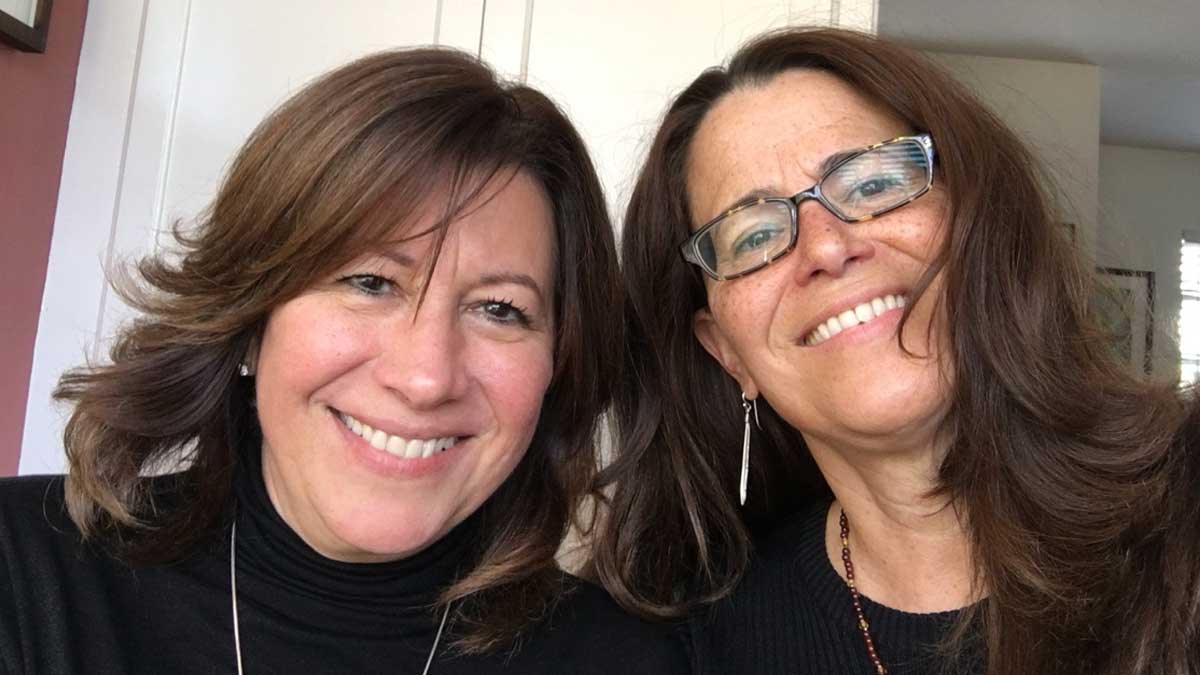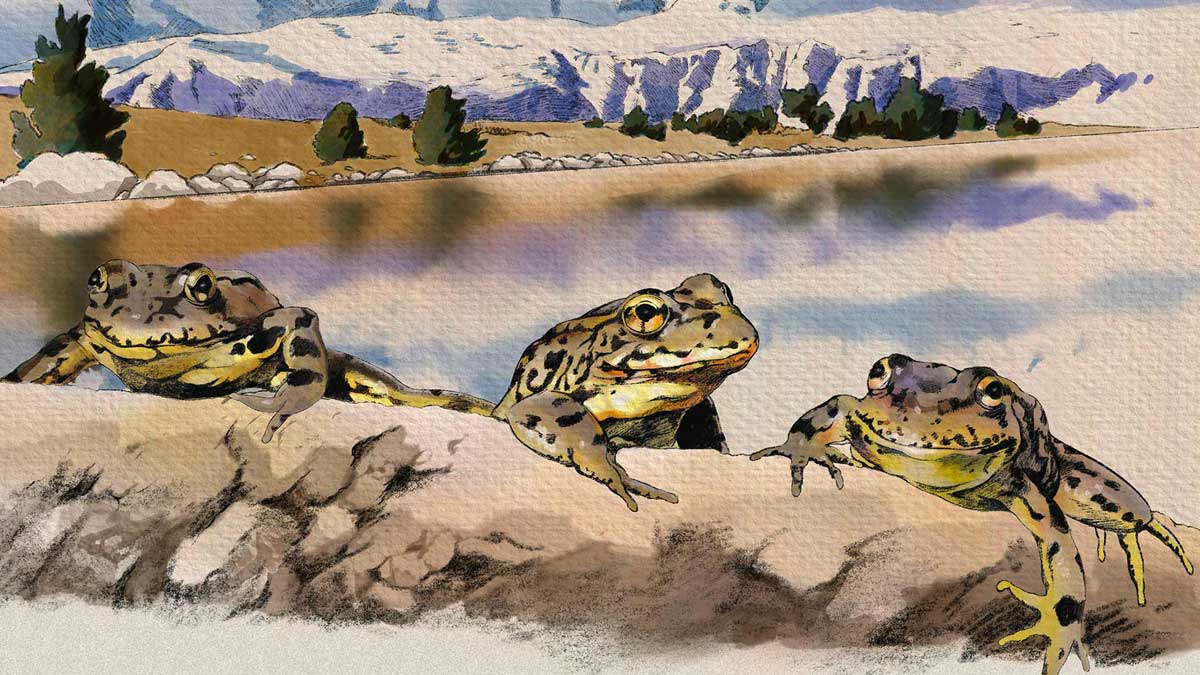
Finding Common Ground
Finding Common Ground
by Keith Hamm
Back in the 1990s, Tania Israel started a group to bring together pro-choice and pro-life people through dialogue. And for the past 25 years, as an expert on LGBTQ issues, she’s interacted with plenty of people with whom she does not see eye to eye. Leading up to the 2016 presidential election, however, Israel, a professor in the Department of Counseling, Clinical & School Psychology, noticed a shift. Americans were having trouble connecting across political and cultural divides. “As a counseling psychologist who does interventions, I am not as much about investigating the problem as I am about investigating solutions,” she says. That thought sparked her new book, “Facing the Fracture: How to Navigate the Challenges of Living in a Divided Nation” (Greenleaf Book Group Press, 2024). Israel takes us through it in this Q&A.
Early in the book, you explain that people’s differences of opinion are often not as far apart as they think.
Tania Israel: We overestimate the distance between Democrats’ and Republicans’ opinions, for example. There’s decades of research showing that. People think that the big problem right now is that we have radically different views from each other. But it actually has to do with the animosity we feel toward people who hold different views than we do. That is what has increased dramatically over the last few years. Increasingly, people do not want to live near, work with, or have a family member marry someone in another political party; that’s what is really breaking apart the bonds in our society.
You also write about media literacy as a valuable tool.
People often talk about media literacy to combat misinformation, but misinformation is not as prevalent as we think it is, and it also doesn’t have as direct an impact on behavior as we think it does. We love to think that misinformation is a huge problem for the ‘other side,’ and we very seldom think that it’s a problem for ‘our side.’ But we’re not divided so much because of misinformation as by misperception. We misperceive the other side to be much more different from ourselves, and we do that because we are exposing ourselves to a very narrow range of information, and at the same time, those ‘other people’ are exposing themselves to a very different, narrow range of information. We think, ‘Oh, they don’t have the right information; they’re misinformed.’
‘They’re ignorant.’
Exactly. And both sides think that. What we need to focus on are the narratives, the media narratives, the stories we are drawn to, and to recognize that a narrative about an issue is not the only story. There are other narratives about the same issue.
Is it practical to inform ourselves via multiple narratives on a certain topic? That sounds like a lot of work.
The trick is not to try to immerse yourself in all narratives. What you want to do is recognize that you are being exposed to a particular narrative and ideally have some curiosity about what other narratives might be out there. What that might lead you to do is this: When you are confronted with somebody who has a different view, rather than promoting your own view, you might try to understand, like: ‘What am I missing here? What can this person share that I have not been exposed to?’
At the same time, how important is it to reduce the amount of polarizing input that we absorb?
Most of the breaking news alerts that we get on our phones can wait. Turn off your notifications. No doomscrolling before bed.


